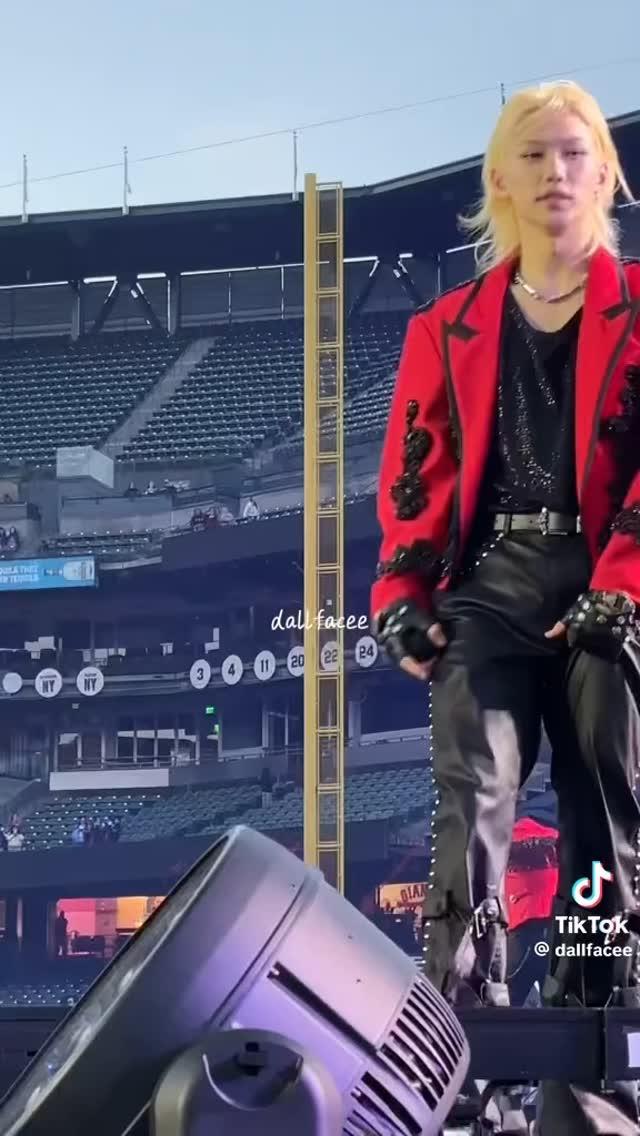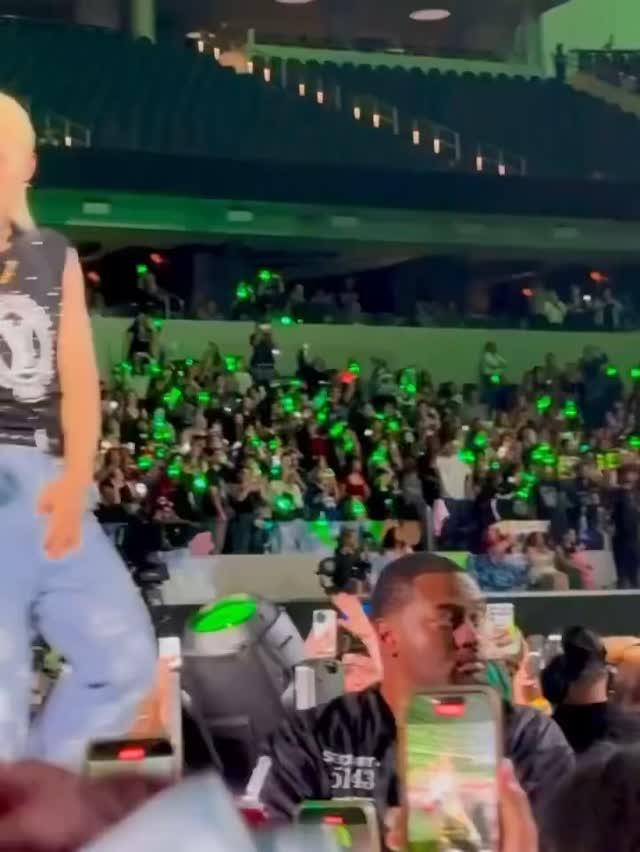The air crackles with a frenetic energy, a desperate need to *see*. But at what cost? For some, the dream of glimpsing Stray Kids live – a dream fuelled by frantic hashtags and desperate pleas – threatens to shatter against a brutal, unsettling truth. Is the agonizing distance, the exorbitant travel, the chaotic scramble for a decent view, *worth* it? We delve into the anxieties, the obsessive behaviors, and the creeping sense of disillusionment that’s gripping the global Stray Kids fandom.

The whispers started subtly. “Is it really worth seeing them live if you’re all the way at the back and can’t even see them on stage?” The sentiment, amplified by a chorus of terrified fans anticipating the worst possible view, reveals a growing awareness that the dream itself might be contaminated. Scrolling through endless videos of desperate fans crammed at the back of massive stadiums – the blurry images, the shouted requests, the palpable disappointment – a disturbing question emerges: are we sacrificing genuine connection for a manufactured spectacle?

The evidence of this obsession is rampant. Several fans are openly contemplating the use of binoculars – a desperate attempt to bridge the gap, to capture a fleeting moment of connection. But even the tools of the trade offer no solace, raising further anxieties about quality, obstruction, and ultimately, the impossibility of truly *seeing*. One fervent Stay insists, “I need to be a member of SKZ,” highlighting the almost religious fervor driving this pursuit.

Yet, below the surface of this collective anxiety lies a darker current. The escalating demand for “skinship” – the fervent desire for pictures with members, manifesting in handmade buttons and chaotic photo requests – reveals a fixation on possession, on capturing a fleeting moment of intimacy with idols who remain fundamentally unattainable. This desperation is fueled by a collective need to validate their devotion, to prove that their investment – both time and money – hasn’t been wasted.
The relentless stream of anxiety surrounding seating times, merch lines, and the dreaded possibility of a poor view speaks to a deeper crisis of identity within the fandom. Are Stay merely spectators, passively absorbing a spectacle, or are they participants in a carefully orchestrated drama? The obsessive pleas – “Is arriving at 7pm too late?” “Will it be ok to arrive at 3:30pm?” – suggest a profound insecurity, a fear of missing out, and a desperate need for control within a situation that is, by its very nature, chaotic and unpredictable.
But perhaps the most unsettling revelation emerges from the quieter corners of the fandom – the relentless anxiety surrounding “NoonaRacha,” the fervent protection of the artists, and the obsessive attempts to manage their image. The repeated warnings, the staunch defenses against any perceived negativity, reflect a profound unease, a fear of upsetting the perceived harmony, even at the expense of genuine expression.
Ultimately, the question remains: amidst the fervent desire to *see*, to *touch*, to *possess*, are we losing sight of the very thing that brought the fandom together in the first place – the music? Discover now… if the price of this ambition is the erosion of genuine connection, then perhaps it’s time to step back and reassess the terms of this desperate, consuming quest.



